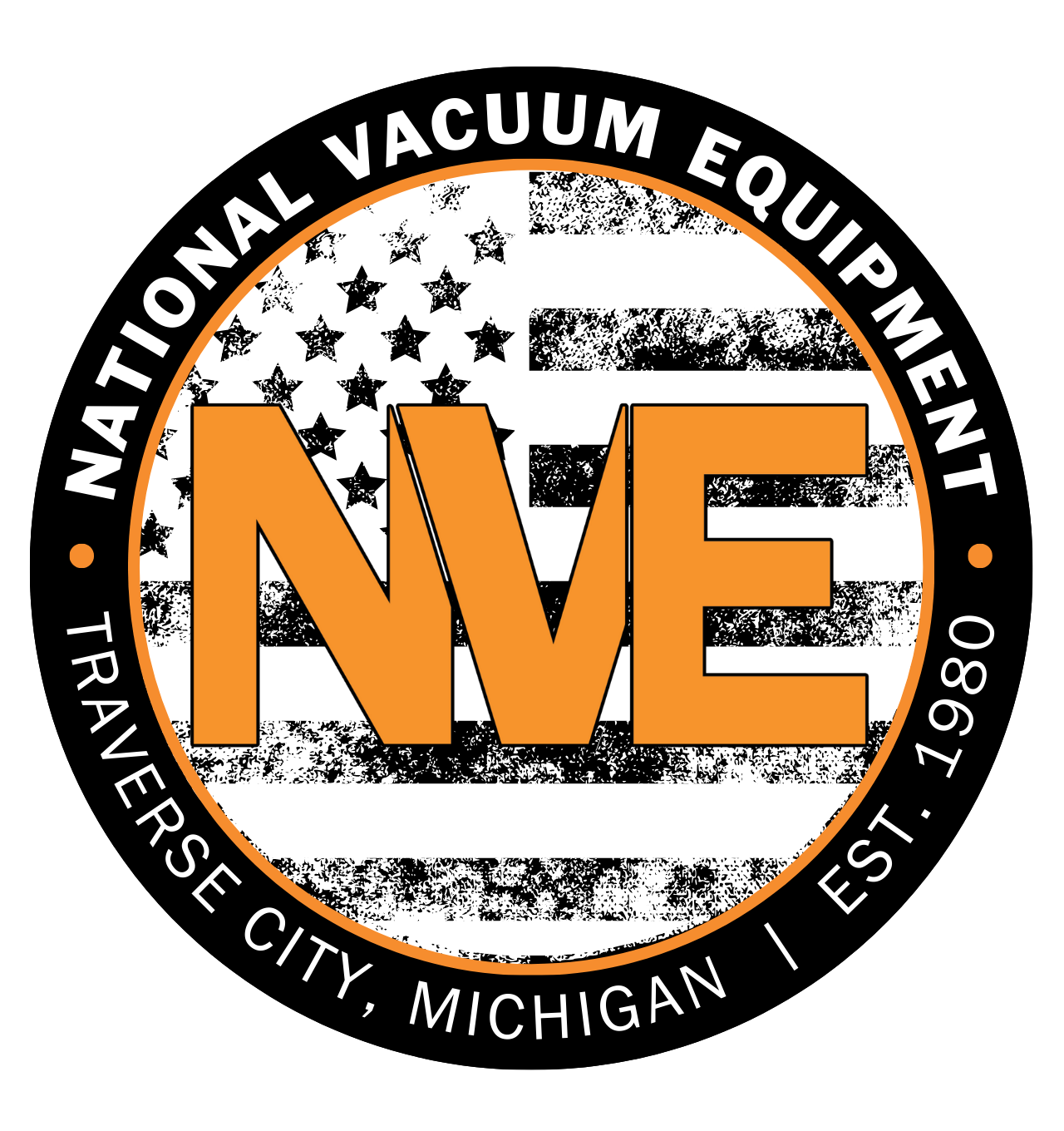
Inland Seas Education Association Goes Solar
By Beth Milligan | July 23, 2018
The Inland Seas Education Association (ISEA) is going solar, installing 40 panels that will provide the organization with 90-95 percent of its electrical usage each year.
ISEA hired Leelanau Solar to install five eight-panel solar panels at the organization's Suttons Bay campus last Wednesday. The ground panels are on adjustable racks that tilt with the sun and seasons. Each individual panel can produce 355 watts of electricity. Another 15-panel roof-mounted display is scheduled to be installed at a later date.
The project was funded by Herman Miller Cares and is part of ISEA's $1.5 million campus renovation project, which also includes the construction of dormitory-style accommodations in the lower level of the Captain Thomas M. Kelly Biological Station, dedicated to the late founder, Tom Kelly. Phases I of the project (paying off the mortgage) is complete and Phase II (exterior renovations and landscaping) will be completed by the end of the month. The complete campus renovation will allow ISEA "to expand and enhance programming, accommodate more student groups and researchers, and increase revenue while decreasing operating costs," according to an organizational press release.
"We appreciate Herman Miller for making this solar display a reality for us. It is something we have wanted to install for some time," says Fred Sitkins, ISEA Executive Director. "Next year is the 30th anniversary of the organization. One of our goals with this major campus renovation is to create sustainability for the next 30 years, and generating our own electricity will help us accomplish that."
In addition to generating its own electricity, ISEA will use the solar display and data to expand its programming. Teachers can partner with ISEA to develop a custom Beyond Schoolship program for their classrooms.
"Whether we're providing programs on our ships, under the water, or along the shore, we want to continue to inspire students to be stewards of our Great Lakes," Sitkins says. "This gives us another opportunity to introduce students to STEM (science, technology, engineering, and math) careers that can have an impact on the Great Lakes."
Comment






